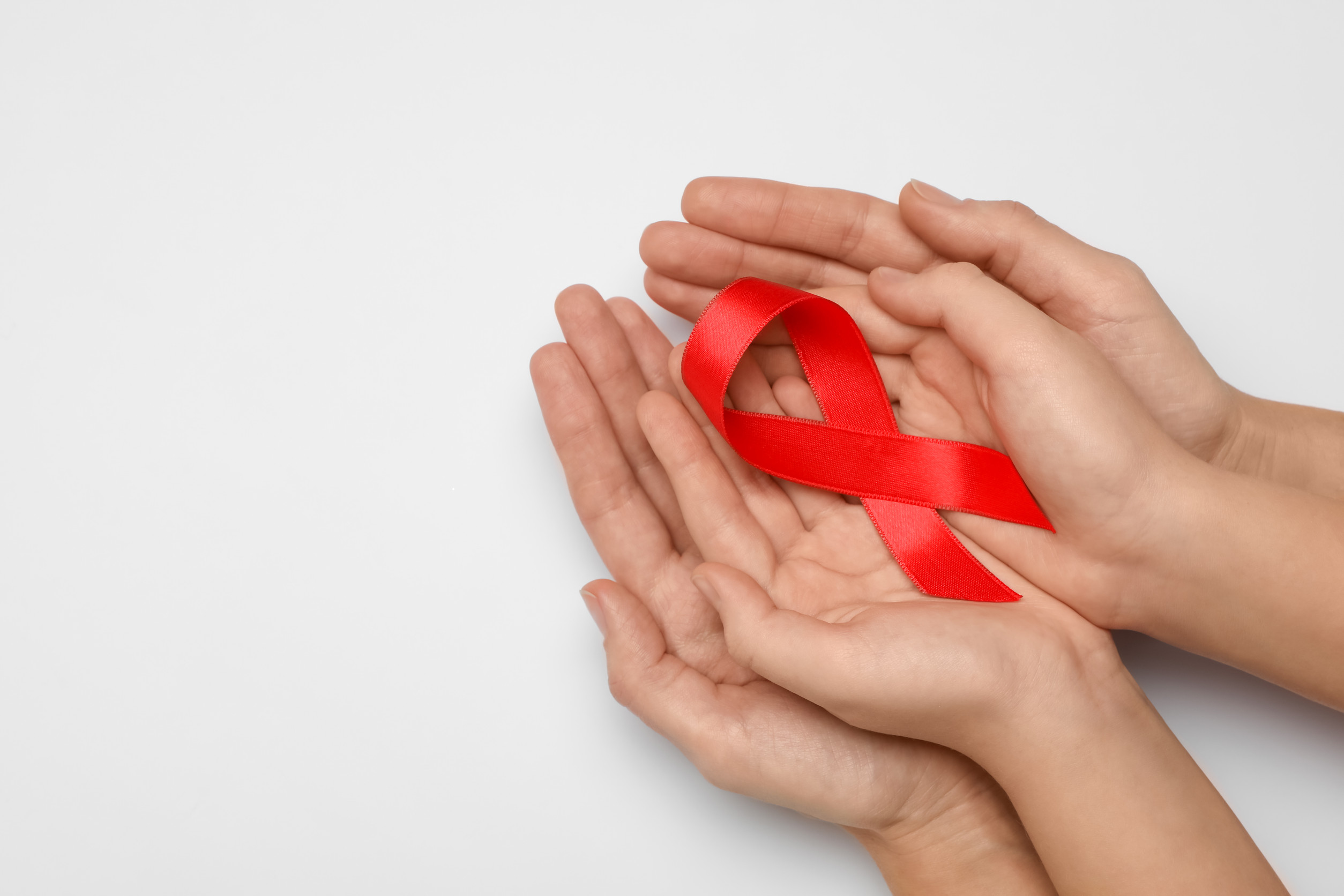Charities are supposed to be about hope, compassion, and helping those who need it most. But sometimes, wolves dress up in sheep’s clothing, and what looks like generosity turns out to be a money-grabbing con.
Over the years, some sham charities have pulled in millions from good-hearted donors before the truth came crashing down. These operations used slick marketing, heartfelt stories, and big promises to reel people in while padding their own pockets. The result? Donors left betrayed and the causes they thought they were helping left empty-handed.
1. Cancer Fund of America
The Cancer Fund of America promised to provide care packages, medical supplies, and support to cancer patients nationwide. Instead, the organization became infamous for spending nearly all donations on salaries, luxury trips, and personal expenses. The Federal Trade Commission eventually exposed the scam, revealing that less than three percent of the money actually helped patients.
Donors believed they were fighting one of the most devastating diseases on earth, only to fund lavish lifestyles. The charity and its leaders were ultimately banned from operating nonprofits ever again.
2. Kids Wish Network
Kids Wish Network played on the emotions of families who wanted to bring joy to terminally ill children. It claimed to grant life-changing wishes for sick kids, but investigations showed that the vast majority of donations went to fundraisers and executives. Less than three cents on the dollar went toward actually helping children. The group became notorious for ranking high on lists of “America’s Worst Charities.” While real wish-granting organizations changed lives, this one made a fortune off broken promises.
3. The Disabled Veterans National Foundation
Donors believed this group was directly helping injured and struggling veterans who had served the country. Instead, millions of dollars went to professional fundraising companies that pocketed almost all the money. Veterans received cheap gifts like candy, blankets, and hand sanitizer—items worth pennies compared to the donations collected. Meanwhile, executives siphoned off funds while basking in patriotic imagery. The fallout left many donors furious that their generosity had been twisted into profit.
4. Breast Cancer Society
Breast Cancer Society claimed to fight one of the world’s most feared diseases, but operated as one of the largest charity scams in U.S. history. Instead of channeling money toward research or patient care, it funneled donations into luxury vacations, cars, and even concert tickets for its leaders. Family members of the charity’s director were also placed in lucrative positions, turning it into a family-run racket. Federal regulators eventually shut it down, labeling the group a massive fraud. Donors who thought they were supporting patients found their money was fueling indulgence instead.
5. Project C.U.R.E.
With a name suggesting hope and global medical aid, Project C.U.R.E. promised to ship life-saving medical supplies overseas. The reality was far from charitable, with much of the inventory consisting of expired or unusable items. Donors thought they were contributing to humanitarian aid, but investigators revealed inflated claims of impact and misleading financial reporting. Millions flowed in while the actual help provided was minimal. The scandal left a stain on the image of international aid charities.
6. National Veterans Service Fund
Patriotism runs deep, and this charity exploited it to the max. The National Veterans Service Fund claimed to support veterans with health and financial assistance, but diverted most funds to telemarketers and executive salaries. Veterans in need received little to no meaningful help, while the group raised tens of millions over the years. Investigations revealed that less than one percent of donations went toward real aid. The betrayal cut especially deep because it preyed on loyalty to those who served.
Fraud Hides in Plain Sight
These cases prove that charity scams thrive on good intentions and emotional appeals. They didn’t just steal money—they stole trust, and rebuilding that trust takes years. Every donation deserves accountability, and donors now have to be more cautious than ever. Researching organizations and demanding transparency can stop fraudsters before they strike.
What are your thoughts on these scams, and have you ever second-guessed a charity? Drop a comment and share your take.
You May Also Like…
Why Some Charity Appeals Surge Right After Natural Disasters
5 Charitable Organizations Recently Fined for Mismanagement
What Happens When Charities Partner With For-Profit Companies
10 Greedy Behaviors That Sparked Financial Fraud Cases
How Renters Are Accidentally Committing Estate Fraud


